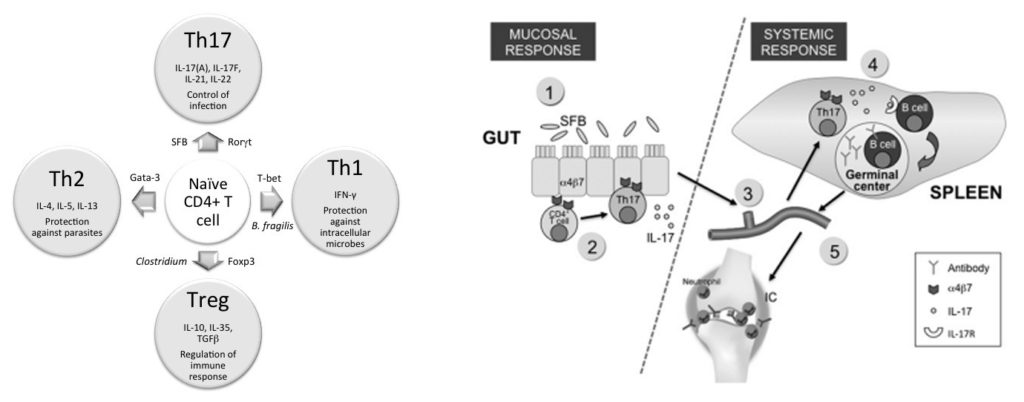FAQ
Frequently Asked Questions
What is Second Brain Therapy?
What is Second Brain Plus therapy?
Does the gut microbiota have influence on obesity?
A Review on Role of Microbiome in Obesity and Antiobesity Properties of Probiotic Supplements – Click Here
How is gut health linked to immunity?
A new concept has emerged in biomedicine that the balance of different bacterial species in the gut can influence whether the immune system becomes activated or not.
Our Microbes, Ourselves: Gut Bacteria’s Key Role in Immunity Is Tuned to the Host Species
See video > Click here
Does the gut produce serontonin for the brain?
Multiple studies demonstrate that microbes normally present in the gut stimulate host intestinal cells to produce serotonin
Microbes Help Produce Serotonin in Gut – Click Here
full paper link here > Click Here
How can gut microbiota influence non-gut associated disease?
A Review on Role of Microbiome in Obesity and Antiobesity Properties of Probiotic Supplements – Click Here

Figure 2. An autoimmune arthritis model that demonstrates the link between gut microbiota and an extraintestinal disease. The K/BxN arthritis model was used to demonstrate how the gut microbiota can influence a non-gut-associated disease. K/BxN mice express a transgene-encoded T-cell receptor that reacts to a self-peptide. Colonization of SFB on the gut induces the differentiation of Th17 cells (step 1 and 2), which subsequently exit the gut and migrate into the peripheral lymphoid tissue. The gut-origin of Th17 cells can be identified by their expression of the α4β7 receptor, imprinted on these T cells by intestinal-mucosa-associated DCs (step 3). IL-17, in turn, acts directly on B cells to provide help in the differentiation of germinal center B cells and the production of autoantibody in spleen (step 4). The autoantibody then circulates into its target organ joints, which ultimately leads to the development of disease.
An autoimmune arthritis model that demonstrates the link between gut microbiota and an extraintestinal disease. The K/BxN arthritis model was used to demonstrate how the gut microbiota can influence a non-gut-associated disease. K/BxN mice express a transgene-encoded T-cell receptor that reacts to a self-peptide. Colonization of SFB on the gut induces the differentiation of Th17 cells (step 1 and 2), which subsequently exit the gut and migrate into the peripheral lymphoid tissue. The gut-origin of Th17 cells can be identified by their expression of the α4β7 receptor, imprinted on these T cells by intestinal-mucosa-associated DCs (step 3). IL-17, in turn, acts directly on B cells to provide help in the differentiation of germinal center B cells and the production of autoantibody in spleen (step 4). The autoantibody then circulates into its target organ joints, which ultimately leads to the development of disease.
Full paper link is here > Click here
How does your gut microbiota influence mental health and mood?
Therapeutic Potential of the Microbiome in the Treatment of Neuropsychiatric Disorders – Click here
Gut Microbiota Can Drive Neuroinflammation in Major Depressive Disorder – Click here
Does the gut microbiota have influence on cardiovascular disease?
Gut microbiota and cardiovascular disease: opportunities and challenges – Click here
Does the gut microbiota have influence on obesity?
A Review on Role of Microbiome in Obesity and Antiobesity Properties of Probiotic Supplements – Click here
Microbiome: Gut Bugs and You | Warren Peters | TEDxLaSierraUniversity
See video > Click here
